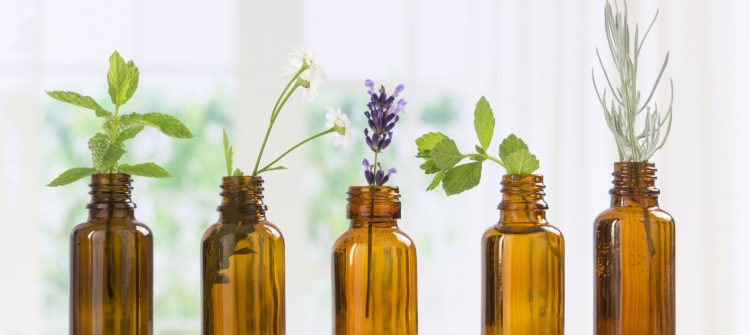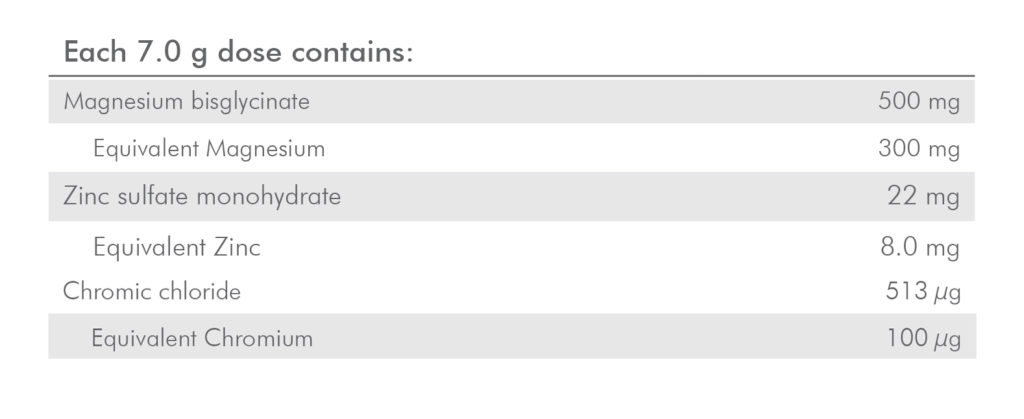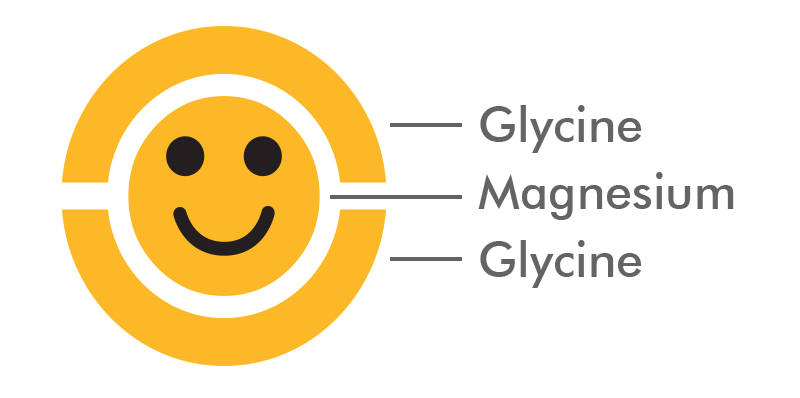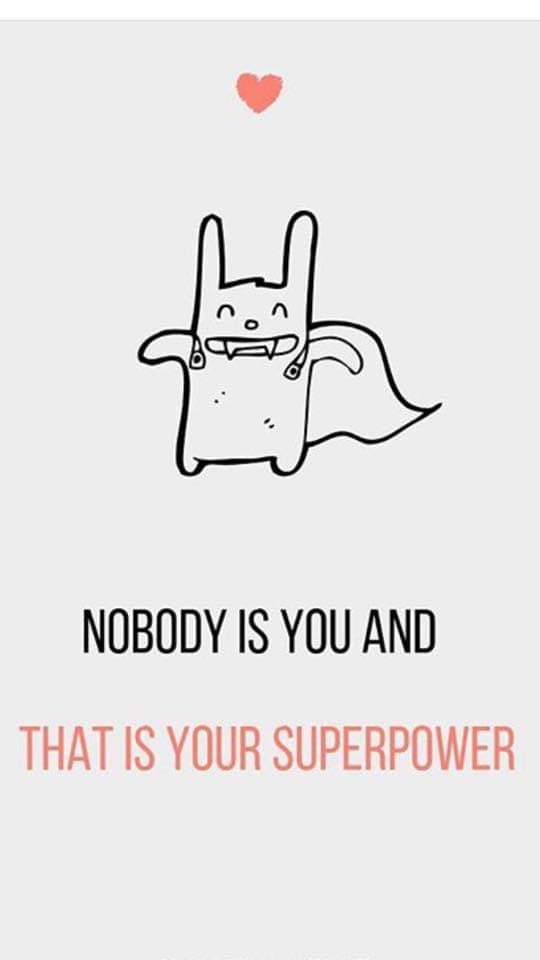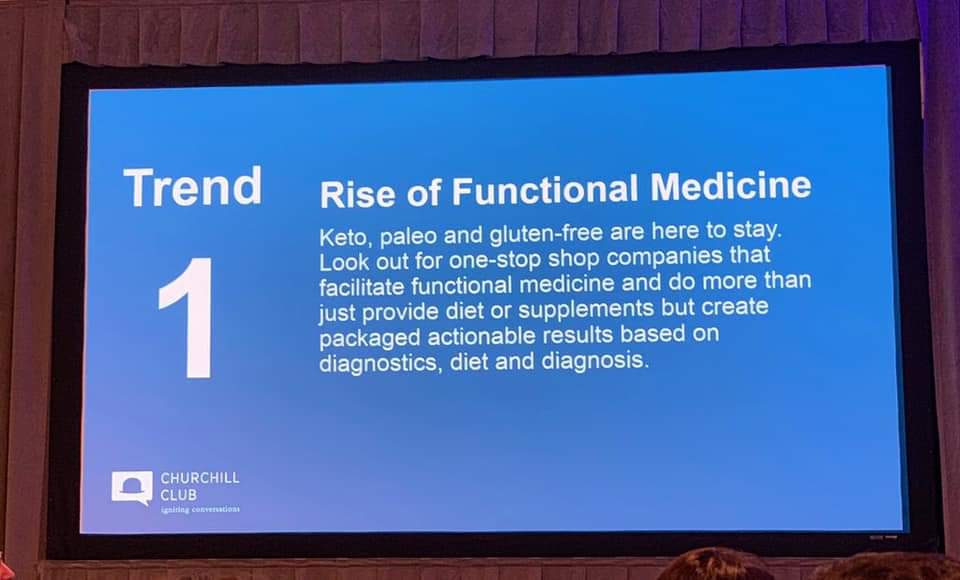
If you’re a typical Westerner in the 21st century, you probably feel lonely — occasionally, often or even most of the time. But, unlike with other afflictions, we’re not likely to confess our loneliness to others. However, loneliness hurts. Terribly. In the bestselling book, Lost Connections, hailed as a seminal book for our times, Johann Hari explains that acute loneliness makes your cortisol levels soar and cause as much stress as a punch from a stranger.
What is loneliness?
As well as painful, loneliness can be confusing, striking at unlikely times — such as when you’re around friends or family. That’s because feeling lonely and actual social isolation aren’t the same thing, explains Michelle Lim, a clinical psychologist of Swinburne University of Technology and scientific chair of the Australian Coalition to End Loneliness.
“We need to spend more time with each other, especially in the local neighbourhood. It’s about people running into each other. But, then, also we need to join more — book clubs, current affairs discussion groups, a community garden, choir, the local library.”
“With loneliness you feel subjectively alone and disconnected from others. You might be also embedded in strong social structures like school and work and family but you still feel lonely because you can’t get that connection. Even if you do have friends, it doesn’t mean they also cater to your social needs.”
Social isolation, on the other hand, is the experience of having little contact with others. While some may thrive on it, she says too much social isolation is linked to a greater risk of subjective loneliness.
Feeling lonely is a normal thing, Lim says. “It’s a signal for us to do something. What’s not normal is when it persists and becomes distressing to the person, and they do nothing about it.”
In Lost Connections, Hari explains that the unease, anxiety and alertness we feel when we’re alone too long is an evolutionary mechanism to push us back into the group. “If you became separated from the group for a protracted time, it meant you were in terrible danger. You were vulnerable to predators; if you got sick nobody would be there to nurse you, and the rest of the tribe was more vulnerable without you, too. You would be right to feel terrible. It was an urgent signal from your body and brain to get back to the group any damn way you could.”
Who is lonely?
Certain situations make us more vulnerable to loneliness, such as being a single or new parent, migrant, jobless, widowed, separated, disabled or living alone). However, it’s pervasive among all demographics and generations. In a 2018 study by Lim for the Australian Psychological Society, one in four Australian adults were impacted by significant loneliness and one in five lacked a confidant. Almost 30 per cent felt they didn’t belong to a group of friends. Challenging the stereotypes, more young adults (62 per cent) sometimes lacked companionship.
Far from an individual flaw, loneliness is endemic in Western culture. It pervades our domestic lives, education systems and workplaces. Studiosity’s 2018 National Student Survey of 1000 Australian university students found that 51 per cent had considered quitting their degree due to the struggles of studying alone.
Professional and social isolation was also named the biggest negative by those working from home (in research by demographer Mark McCrindle) and was described as a key factor in burnout for those running small to medium-sized enterprises (in a 2016 article in the journal, Burnout Research).
How loneliness affects your health
Prolonged loneliness can literally kill you. When US researchers from Brigham Young University followed up more than 3 million study participants over seven years, they found those who’d reported subjective feelings of loneliness were 26 per cent more likely to be deceased than population samples of similar age, socioeconomic status and health.
While it’s popularly believed that social isolation is OK if you enjoy it, that’s not what the researchers found. Those who lived alone (but didn’t feel lonely) had a 32 per cent increased likelihood of death. Both subjective loneliness and social isolation were found to be as bad for your health as some of the strongest determinants of higher mortality, including obesity, smoking, sedentary lifestyles and drug abuse.
When you’re lonely your whole body is impacted, right down to the cellular level. Research links social disconnection to reduced immunity, slower healing, inflammation, elevated blood pressure, a greater risk of dementia and cognitive decline, insomnia, anxiety, depression, suicide and other health issues. Loneliness is even bad for the economy, with research suggesting it negatively affects individual productivity.
Why are we so disconnected?
Solving our loneliness problem requires understanding the huge societal forces pushing us apart.
Prominent Australian social researcher and author Hugh Mackay says Australia’s growing social fragmentation is the bitter trade-off in our freer, modern lifestyles and social, cultural, economic and technological changes. Key factors include the IT revolution, shrinking household sizes, relationship breakdown, falling birth rates, smaller family sizes, dual-income households and our increased mobility and busyness.
On average, we disrupt our connections every six years by moving house, Mackay says. Many of us no longer live near family members. Almost universal car ownership means declining footpath traffic in the neighbourhood. “We’re not having the same incidental encounters that traditionally have been a great source of assurance that this is where we’re recognised and belong,” he says. “The car is itself an isolating capsule.” And while we’ve become better global citizens and travellers, Mackay says this comes at the expense of our own local neighbourhoods.
Lim says a decrease in services for common places for people to interact, and longer travelling times to work, contribute to the issue. “We’re not working within our communities any more,” she says. And the time spent travelling to work means we’re less able to engage with our communities.
Genuine connection involves mutual, two-sided sharing and listening of what matters to each person. “It’s the feeling that we are being acknowledged, recognised, appreciated, taken seriously. Listening is the ultimate sign that we are taking another person seriously.”
One of our biggest barriers to social connection is our busyness, Mackay says. “We have less time and less energy for just hanging out with each other. Trying to get a group of people to meet is now a major challenge. People in full-time work are working longer hours. That’s often connected to the use of information technology. Many people who are underemployed have a jigsaw life of trying to put together a series of part-time jobs to try and generate a sufficient income. That can mean people are busier, because they’re patching together.”
When McCrindle surveyed Australians in 2016 for their preferred night to stay in, he discovered a whopping 45 per cent preferred to spend every night of the week at home. Forty-two per cent who cancelled on a social invite did so to relax and recharge, TV-watching being the most common activity.
Social media has also redefined friendship, Mackay says. “Friendship as we traditionally understood it, with some actual intimacy, a lot of time spent together and a lot of empathy, is put at risk the more we substitute face-to-face time with screen time.” Hari views our obsession with social media as a symptom, not a cause, of our lost connections: “The web arrived offering them a kind of parody of what they were losing — Facebook friends in place of neighbours, video games in place of meaningful work, status updates in place of status in the world.”
Also forcing us apart is our growing individualism, competition and materialism. We’re encouraged to be independent and successful rather than interdependent and communal. Only you can help yourself is the mantra. “These ideas now run so deep in our culture that we even offer them as feel-good bromides to people who feel down — as if it will lift them up,” Hari writes in Lost Connections.
“We — without ever quite intending to — have become the first humans to ever dismantle our tribes. As a result, we have been left alone on a savanna we do not understand, puzzled by our own sadness.”
Building community
Fortunately, loneliness is gaining recognition as a significant public health issue by governments and community groups around the world. In early 2018, the world’s first Minister for Loneliness, Tracey Crouch, was appointed in the UK. Closer to home, in December 2018, Australia’s Andrew Giles, Labor Shadow Minister for Schools, co-sponsored a motion for a national policy response to the loneliness “crisis”. Addressing loneliness is now part of Labor’s platform, he says.
Mackay’s latest book, Australia Reimagined: Towards a More Compassionate, Less Anxious Society (Pan MacMillan, 2018), suggests the answer to rebuilding community lies in our very own neighbourhood. “The absolutely critical step is that we must decide that we need to spend more time with each other, especially in the local neighbourhood. It’s about people running into each other. But, then, also we need to join more – book clubs, current affairs discussion groups, a community garden, choir, the local library.”
It’s also vital to have a realistic understanding of community. In all true communities, including extended families, there are those we have less in common with or like less, Mackay says. “We’ve all got to, not just tolerate each other, but accept and respect each other’s right to be in this community. And our health, especially our mental health, will benefit if we generate something that works like a true community. That sort of diversity and learning to live with difference is an essential part of a healthy, rich community.”
Cultivating true connection
Merely being around people isn’t enough to cure loneliness. Genuine connection involves mutual, two-sided sharing and listening of what matters to each person. Mackay says, “It’s the feeling that we are being acknowledged, recognised, appreciated, taken seriously. Listening is the ultimate sign that we are taking another person seriously.”
Lim says there’s no “one size fits all” prescription for loneliness. “Consider, what works for you? Is it joining a group? Is it one-on-one? Is it doing a meaningful activity or volunteering?” Our social needs differ from person to person. For some, duration is important, for others quality or some other variable, she says.
While most of us yearn for and value close friendship, it requires time, energy and patience. You can make a friend on Facebook in one click, but in real life it takes 200 hours of time together to make a close friend, according to a 2018 study published in the Journal of Social and Personal Relationships.
Advice on friendship-making often focuses on cultivating better social skills. Though such suggestions seem logical, there’s no evidence-based relationship between specific social skills and loneliness, Lim says. While social skills can’t hurt, she says research suggests social confidence is more linked to social connectivity.
Loneliness may arise out of bigger systemic social shifts, but we can still drive change. “Many individuals make a group, they make a social structure, they make a community,” Lim says. “If people are changing their behaviours, then the community changes as well.”
Those of us with busy lives may need to prioritise social connection. This requires re-evaluating our lives and changing our behaviours. Here, meditation can help us live mindfully so we’re less likely to fall victim to the pressure and propaganda that drive us apart. With social interaction being natural and important to most humans, by watering the seeds of our communities we can grow the gardens of our lost tribes and find our way home to the hearth of togetherness.
Where to connect
- The online world is a great resource for ways to connect offline. Just don’t make it the destination, Mackay warns. Apps and platforms include Meetup, One Good Street, Stitch (for over fifties), Nextdoor.
- The Good Karma Network, which currently encompasses 42 active communities across four states and helps people in need connect with neighbours who can help them.
- Couch surf or share your home or sofa with a stranger.
- Walk and catch public transport.
- Move to a smaller locality (the 2015 HILDA survey showed the happiest people live in smaller towns of fewer than 1000 people).
- Move closer to family and friends.
- Local libraries offer a great resource for all sorts of community activities.
- Join a communal workspace if you work from home.
- If you’re self-employed, join a group of peers.
- If you’re unable to get out (because of young children, for example) invite people, such as the neighbours, to your home.
- Find groups in your local community through the library, local council, local newspapers, local ads and word of mouth.
- Organise a regular block party for your neighbourhood.
- Get involved in a local political, environmental or social cause.
- Help a neighbour.
- Improve your neighbourhood.
- Participate in local events, such as rubbish clean-up days and festivals.
- Enrol in adult education classes.
- Join a community garden, volunteer group, sporting group, meditation and yoga group.
- Help out at your local school.
- Join a bushwalking club.
- Become a regular at your local pub.
- Join a community choirs or theatre group.
- Join a church bible study or youth group.
- Meet up with parenting groups and classes.
- Join dancing classes.
- Attend an inspiring talk.
- Meet dog-walking and other animal-interest groups.
- Participate in camping and other activities with the family.
- Start an interest group yourself.
Written by Linda Moon ,June 5, 2019
https://www.wellbeing.com.au/kinship/relationships/lost-connections.html?utm_medium=email&utm_campaign=WB_050619&utm_content=WB_050619+CID_f0bce56fdfba514ade4a3505294ed298&utm_source=Email%20marketing&utm_term=Read%20more



